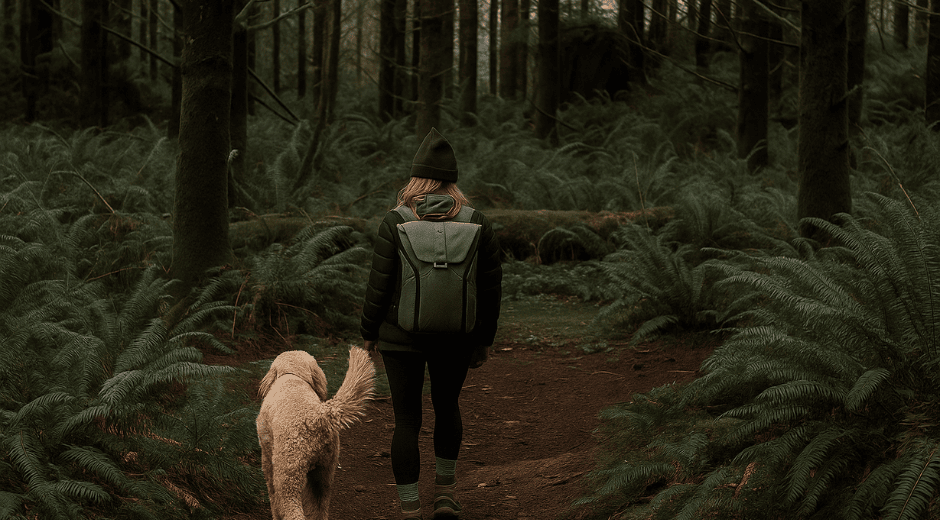Historic Journeys: Walking Through Time
Historic Journeys: Walking Through Time
Travel has the unique power to connect us with the past, offering a glimpse into civilizations, cultures, and stories that have shaped our world. Immersing oneself in Historic sites is more than sightseeing — it’s an opportunity to walk through centuries, understand human achievement, and reflect on the continuity of culture. From ancient cities to monumental landmarks, Historic journeys invite travelers to experience history not just as observers but as participants in a timeless narrative.
The Allure of Historic Travel
The fascination with Historic destinations stems from their ability to tell stories. Each building, street, and artifact carries layers of meaning, revealing insights into social structures, art, religion, and daily life of previous generations. For travelers, these experiences provide perspective, deepen cultural understanding, and inspire curiosity.
Walking through the cobbled streets of a medieval town or exploring the ruins of a Roman amphitheater allows one to visualize the lives of people who lived hundreds or even thousands of years ago. Historic journeys are immersive, offering more than just visual appeal — they engage the senses, emotions, and imagination.
Planning Your Historic Journey
Preparation enhances the experience of visiting Historic sites. Researching the context, key events, and cultural significance of a destination allows travelers to appreciate the depth of their journey. Online resources such as Chronostual provide timelines, detailed histories, and expert insights, making it easier to understand the broader story behind each location.
Choosing guided tours or local experts can also enrich the experience. Locals often provide narratives and anecdotes not found in guidebooks, adding layers of authenticity. Whether exploring ancient temples, medieval castles, or colonial districts, having context transforms the journey from passive observation to active engagement with history.
Iconic Historic Destinations
Some Historic sites are universally recognized for their cultural and architectural significance. The Colosseum in Rome, the Great Wall of China, and the Pyramids of Giza are just a few examples where history is palpable. Visiting these locations allows travelers to witness the ingenuity, ambition, and artistry of past civilizations.
However, less-known destinations also offer profound Historic experiences. Small towns with centuries-old architecture, local museums, or archaeological sites provide intimate encounters with the past. These journeys often highlight regional customs, traditions, and stories that are equally compelling. Resources like StudySkillUp emphasize that understanding these contexts enriches learning and personal growth, making travel both educational and inspiring.
Walking Through Time
Walking is one of the most immersive ways to experience Historic destinations. On foot, travelers can explore hidden alleys, discover architectural details, and feel the rhythm of a place shaped by history. Walking encourages slow, mindful observation, allowing one to notice elements that might be missed from a bus or car tour.
In cities with layered histories, walking tours can highlight the evolution of neighborhoods over centuries. Observing contrasting architectural styles, from Gothic cathedrals to modern interventions, creates a dialogue between past and present. Mindful walking also supports physical well-being, combining exploration with gentle movement, a practice encouraged by experts at FocusMindFlow to enhance presence and awareness during travel.
Engaging With Local Culture
Experiencing Historic sites is not limited to monuments and ruins. Engaging with local traditions, cuisine, and crafts brings history to life. Participating in cultural festivals, visiting artisan workshops, or enjoying traditional meals offers context to the stories told by buildings and artifacts.
Local markets often preserve centuries-old practices and recipes, allowing travelers to connect sensory experiences with historical narratives. For example, tasting traditional bread or observing handcrafted textiles can evoke the lifestyle and ingenuity of past generations, making the history tangible and memorable.
Photography and Reflection
Documenting your Historic journey through photography or journaling adds a reflective dimension. Capturing images of architecture, streetscapes, and cultural practices helps preserve memories and encourages deeper engagement. Journaling thoughts, impressions, and historical insights provides a personal narrative that complements the physical experience.
Combining photography with reflection aligns with mindful travel practices, enhancing both awareness and enjoyment. By taking time to observe, consider, and record experiences, travelers foster a meaningful connection to the sites they visit. Guidance from platforms like StyleradarPoint often highlights the integration of aesthetic observation with historical learning for a richer travel experience.
Challenges and Considerations
Visiting Historic sites requires thoughtful consideration to ensure responsible travel. Over-tourism can threaten preservation, so respecting local guidelines and supporting conservation efforts is essential. Travelers should also be prepared for varied climates, terrains, and accessibility challenges, especially in remote or archaeological areas.
Ethical engagement is crucial. Supporting local communities, buying authentic crafts, and choosing eco-friendly tours ensures that tourism benefits residents and preserves cultural heritage for future generations. Understanding these responsibilities adds depth to the Historic journey, making it more than a personal adventure but also a contribution to sustainable tourism.
Learning Through Travel
A Historic journey is also an educational opportunity. Exploring museums, libraries, and heritage centers provides structured learning alongside immersive experience. Children and adults alike gain insights into human development, societal changes, and the evolution of technology and art.
Combining travel with study enhances retention and understanding. Platforms like TripBeyondTravel offer curated experiences that balance leisure, education, and cultural immersion, ensuring that each journey leaves a lasting impression.
Creating Personal Connections
The most memorable Historic journeys are those that create personal connections. Reflecting on the lives of those who built and inhabited these spaces fosters empathy and understanding. Visitors may imagine daily routines, social customs, or significant historical events, creating a dialogue across time.
By engaging actively with history, travelers can draw lessons and inspiration for their own lives. Observing resilience, innovation, and creativity in past civilizations often sparks new perspectives on problem-solving, cultural appreciation, and personal growth.
Conclusion
Historic journeys offer more than sightseeing; they are immersive experiences that connect travelers with the past in meaningful ways. From iconic landmarks to hidden gems, every site tells a story, providing insight into human ingenuity, culture, and resilience.
By planning thoughtfully, walking mindfully, engaging with local culture, and reflecting on experiences, travelers transform ordinary trips into profound encounters with history. Maintaining a balance between education, exploration, and respect ensures that these journeys honor both the past and the communities that preserve it today.
Resources like FocusMindFlow, Chronostual, and StudySkillUp offer guidance to deepen understanding and enhance the richness of travel. Meanwhile, StyleradarPoint inspires travelers to combine aesthetic appreciation with historical insight for fully immersive experiences.
Ultimately, walking through Historic sites allows travelers to step into the stories of the past, creating memories that educate, inspire, and resonate long after the journey ends. Engaging with history actively transforms travel into a meaningful exploration of humanity’s enduring legacy.
Travel Made Simple

Pathways That Change You: Routes Worth Remembering
Pathways That Change You: Routes Worth Remembering

Voyager Tales: What Solo Discovery Really Teaches You
Voyager Tales: What Solo Discovery Really Teaches You

The Pulse of Experience: Feeling the World Beyond Sight
Travel isn’t just about what we see, but what we feel. Discover how the pulse of a place reveals its rhythm, emotion, and unforgettable human energy.













